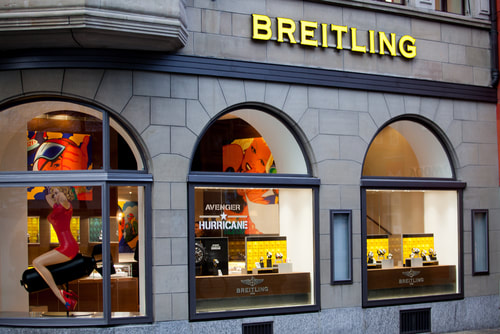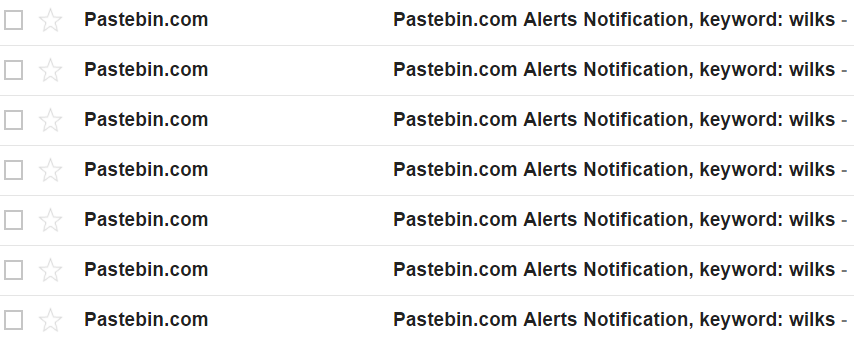What is co-creation?
Co-creation is one of the most descriptive buzz-words currently in the business lexicon, but what does it really mean? At the highest level most people would agree it means creating something with another party. The relationship between the co-creating partners and whether one of them buys the goods or services created complicates matters.
There seems to be a spectrum of co-creations ranging from the rather simple on the one hand to complex partnerships between massive global brands on the other. Dominos let their customers custom create their own pizzas. Is this co-creation? There are two parties involved and one of them is ultimately buying the creation. If it is co-creation it is on the left-hand side of our spectrum, at the simple end. Some will define co-creation as pretty much any situation where an end-customer is involved or consulted in the product design process but, to me, this is an over-simplification.
Staying with the food service industry there are numerous examples where food brands team-up with fast-food restaurants to co-create an offering they then sell to the end-user. These are quite often specials which leverage the brand-appeal of both parties to sell something which is greater than the two halves. Examples, in the UK, include the Reggae Reggae Chicken Sub in 2008 where Levi Roots of Dragon’s Den fame co-created a Subway sandwich. This is a more interesting example because the two parties in the co-creation are not the ultimate end-customer. In this example a new product is being created that neither party could have created alone. Essentially the two brands are combining in order to create - co-creating.
At the more complex end of the scale there are some very large strategic partnerships between global names. The IBM Apple partnership is one such example where there is more than just a single product developed. These kind of collaborations can also often be seen in the luxury goods industry where aspirational brands will join together create an uber product such as the Breitling for Bentley watches or the various Oakley Ferrari sunglasses.
There seems to be a spectrum of co-creations ranging from the rather simple on the one hand to complex partnerships between massive global brands on the other. Dominos let their customers custom create their own pizzas. Is this co-creation? There are two parties involved and one of them is ultimately buying the creation. If it is co-creation it is on the left-hand side of our spectrum, at the simple end. Some will define co-creation as pretty much any situation where an end-customer is involved or consulted in the product design process but, to me, this is an over-simplification.
Staying with the food service industry there are numerous examples where food brands team-up with fast-food restaurants to co-create an offering they then sell to the end-user. These are quite often specials which leverage the brand-appeal of both parties to sell something which is greater than the two halves. Examples, in the UK, include the Reggae Reggae Chicken Sub in 2008 where Levi Roots of Dragon’s Den fame co-created a Subway sandwich. This is a more interesting example because the two parties in the co-creation are not the ultimate end-customer. In this example a new product is being created that neither party could have created alone. Essentially the two brands are combining in order to create - co-creating.
At the more complex end of the scale there are some very large strategic partnerships between global names. The IBM Apple partnership is one such example where there is more than just a single product developed. These kind of collaborations can also often be seen in the luxury goods industry where aspirational brands will join together create an uber product such as the Breitling for Bentley watches or the various Oakley Ferrari sunglasses.
Co-creation means all of these things right along the spectrum from examples where the end-customer is one of the parties right to the global mega-deal between brands. Personally I think the more trivial examples are a little invalid and I’d go as far as to say a co-creation needs two parties and a separate party to buy. Others though will disagree.
Images: Gajus/Shutterstock.com and Ewais/Shutterstock.com
Images: Gajus/Shutterstock.com and Ewais/Shutterstock.com






 RSS Feed
RSS Feed